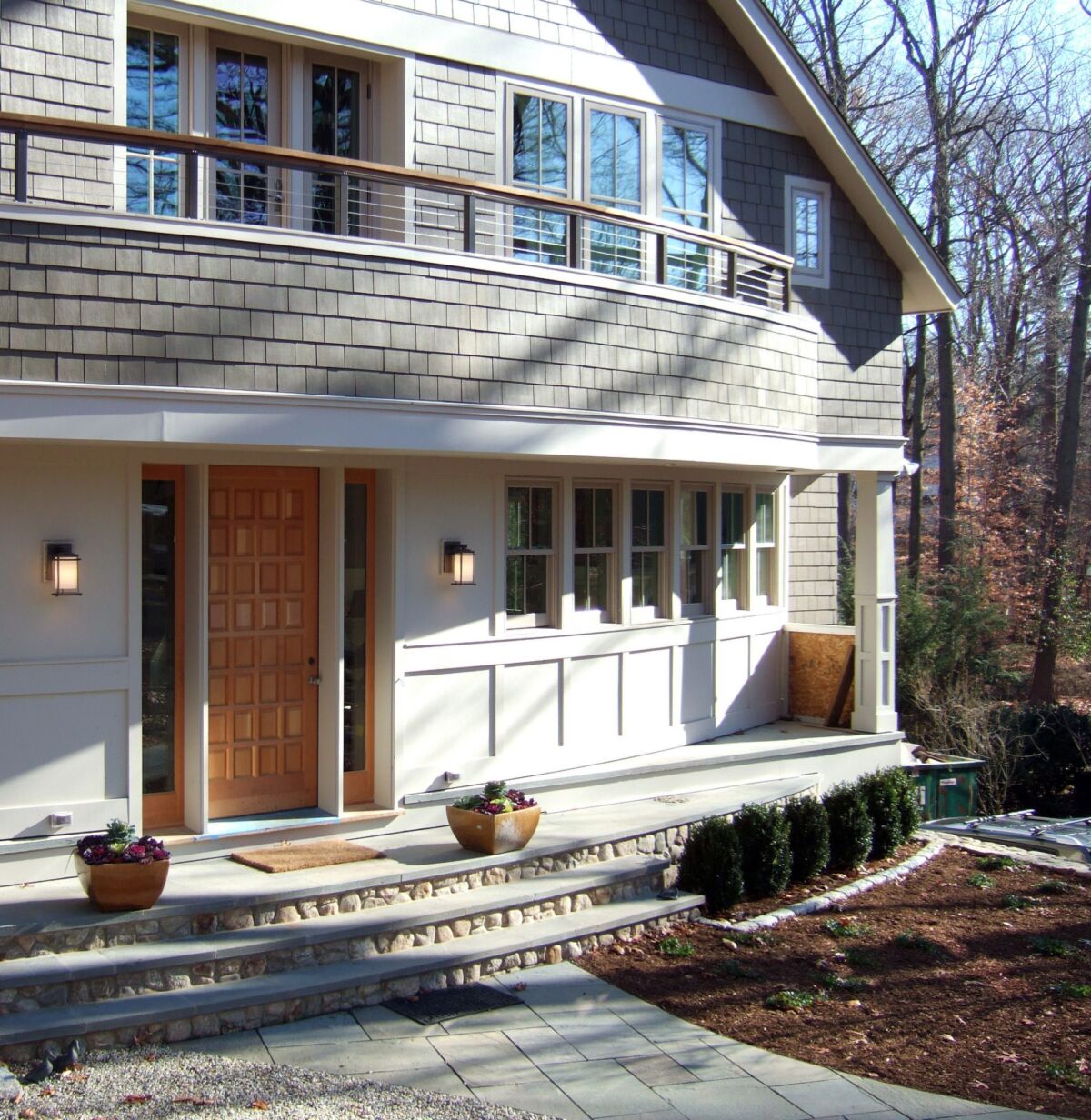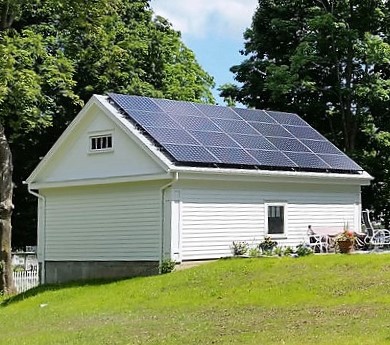BPC Green Homes Help Protect the Environment
Making the World Better for You, Your Children, and Grandchildren
BPC’s Green Building Practices are Sustainable
 Protecting the environment is important to ensure we maintain a world that is compatible with the ways you and future generations wish to live. A world with plenty of clean air, clean water, clean energy, biodiversity and the other resources we need.
Protecting the environment is important to ensure we maintain a world that is compatible with the ways you and future generations wish to live. A world with plenty of clean air, clean water, clean energy, biodiversity and the other resources we need.
Protecting the environment and building sustainable homes includes helping mitigate the impact of climate change, if not helping turn things around.
The Environmental Benefit of Living in a Truly Green Home is NOT about “Saving the Planet.” It’s about Saving Ourselves.
Our “planet” will be fine no matter what we do to the environment. But if we don’t take better care of the environment, our planet will not be a pleasant, easy or friendly place to live. And, unfortunately, as of yet, not enough is being done or done fast enough to prevent things from getting worse.
Environmental Problems are Obvious and Growing
 Our environmental problems, like climate change, pollution, and loss of biodiversity are no longer theoretical or in the future.
Our environmental problems, like climate change, pollution, and loss of biodiversity are no longer theoretical or in the future.
These environmental problems are happening today. And, they are serious.
Furthermore, previous projections about how soon many of these problems will have severe consequences have proven to be wrong. They have underestimated the pace of the damage being done.
Be Part of the Solution, Not the Problem
Building a Green Home is an Important Part of Being Part of the Solution

Green Homes are Environmentally Responsible
The design, construction, energy use, materials and systems of BPC homes helps protect the environment and makes the home and life more sustainable. Here are just 10 of the ways green homes help make the environment better:
- Helps us reduce, and eventually eliminate, the use of non-renewable (fossil fuel) and climate-changing types of energy
- Makes use of renewable and plentiful clean energy sources
- Reduces your “carbon footprint” to help slow climate change
- Reduces air and water pollution
- Helps maintain clean water resources
- Reduces the use of slow-growing and/or endangered natural resources
- Helps protect biodiversity (plant and animal)
- Generates less waste
- Help make the environment less toxic
- Use more local building materials, which reduces pollution and use of carbon-based fuels caused by unnecessary transportation
Allowing Technology to Improve and Costs to Go Down:
Because of increasing demand and economies of scale, as more homes are built using green building approaches, materials, systems, and technology, the costs of these building products go down. And, increased use of these products encourages new and improved technology to be developed. And this also lowers costs and improves performance.
 For example: The cost of building and installing solar photovoltaic panels has dropped by about 90% in the past few years. At the same time, because of improving technology, solar panels convert sunlight to electrical power significantly more efficiently. This reduces the number of solar panels needed for a given home, which lowers the cost of installation and further lowers the cost of energy.
For example: The cost of building and installing solar photovoltaic panels has dropped by about 90% in the past few years. At the same time, because of improving technology, solar panels convert sunlight to electrical power significantly more efficiently. This reduces the number of solar panels needed for a given home, which lowers the cost of installation and further lowers the cost of energy.
Solar panel efficiency is now so high that even in places like cloudy northern Europe, solar power is growing in leaps and bounds. The cost per kilowatt of electrical power from solar energy technology is now competitive with or better than from fossil fuels. And that is not even considering the hidden costs of fossil fuels, like pollution, health problems, environmental damage, climate change, etc.
Home storage battery technology has also improved greatly. As more people use batteries, costs are going down to the point they are now feasible in some cases. This means the excess clean energy your solar panels generate during the day, can be stored and used at night or on cloudy days. Not long from now whole house battery storage may become widely used.
Raising the Bar and Creating Demand:
Homes that are not built green and energy efficient are starting to become, will eventually become much less attractive to homeowners and home buyers. This is because these non-green, energy inefficient homes have higher operating costs.
Don’t believe non-green homes will become less attractive? Just think about how energy efficient gas, diesel, hybrid and now all-electric cars and trucks have pushed old gas guzzlers into extinction. Improved technology has given these energy efficient cars the same or better performance at a similar cost to the old muscle cars.
As more and more homes are built to green building standards, each additional green home will increase demand for, and the selling prices of homes that exceed conventional standards for comfort, durability, energy efficiency, and environmental responsibility.
